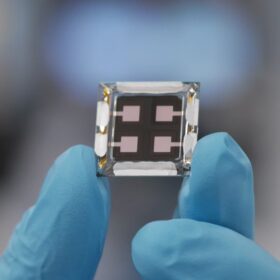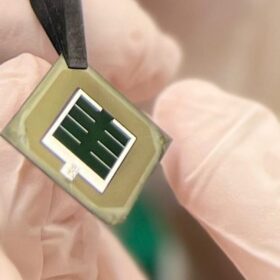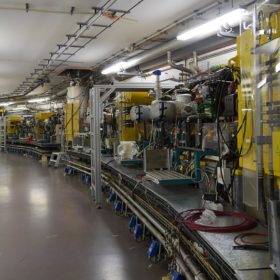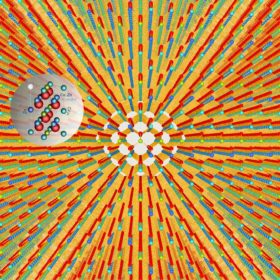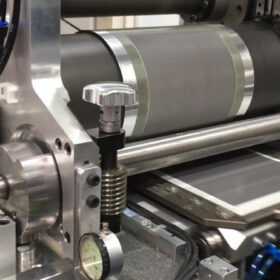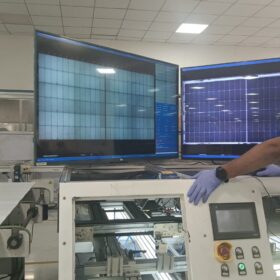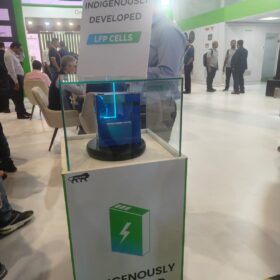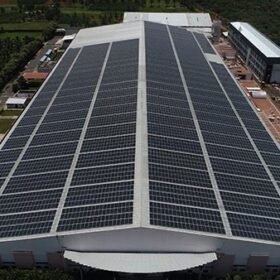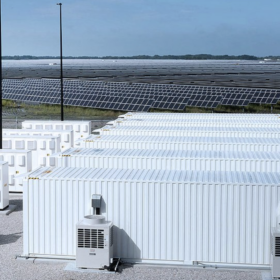Four-year outdoor testing shows perovskite cells suffer from high seasonality
Testing conducted by the Helmholtz-Zentrum Berlin in Germany has shown that perovskite solar cells operating at high latitudes in Europe may suffer from higher performance losses in winter compared to conventional PV devices. The scientists warned, however, that at lower latitudes this seasonality may be less pronounced.
KAUST, Helmholtz-Zentrum Berlin present 31.2%-efficient blade-coated perovskite-silicon tandem solar cell
The perovskite-silicon tandem device has a two terminal configuration and a 2D perovskite layers at the bottom interface. It was able to retain around 80% of its initial efficiency for 1,700 h.
Speeding up energy storage with pseudocapacitors
Scientists at Germany’s Helmholtz Zentrum Berlin have made a discovery they say could greatly increase the energy storage capacity of titanium-based ‘MXene’ pseudocapacitors, ultimately leading to faster-charging batteries. The group found adding urea molecules between MXene layers increased the material’s storage capacity by up to 56%.
German scientists use germanium to improve performance of kesterite solar cells
Although current efficiencies for solar cells based on kesterite do not exceed 12.6%, the use of germanium may enable the development of cells with a higher energy band gap.
